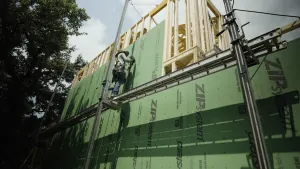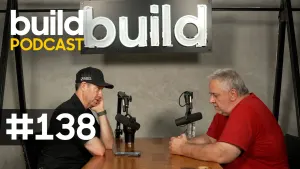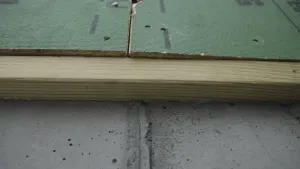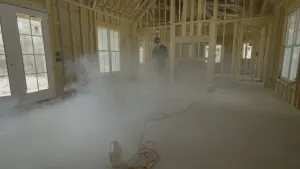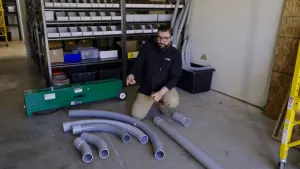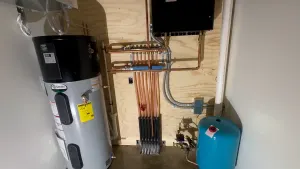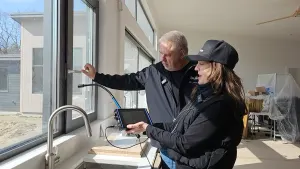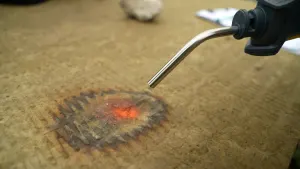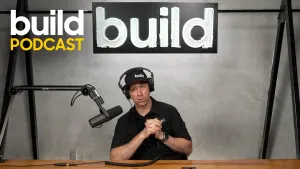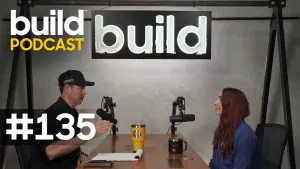Sponsored Content
During the 2018 season there were 8,527 wildfires in California that burned 1,893,913 acres, according to the California Department of Forestry and Fire Protection. Wildfires move quickly and fires that start in structures develop five to 10 times faster than just 50 years ago, since builders have been using plastics and other synthetics. The good news is, fire-resilient stone wool insulation can dramatically slow the spread of fire from an outside source, or not ignite when the conditions would typically be right, inside the home.
Exterior insulation can save lives and homes. Just a few years ago, a fire in London caused the death of approximately 80 people. The culprit was the exterior rigid foam that caught fire and the fire spread rapidly around the entire house.
While we must leave prevention and containment of wildfires to the experts, as builders we can achieve a high level of protection.
Rockwool exterior insulation, for example, creates a thick fireproof blanket around a home. This blanket won’t burn, release toxic gases or smoke and is fire resistant for up to two hours and up to 2,000 degrees Fahrenheit. If you hold a flame to a Rockwool insulation batt, you’ll end up with a small scorch mark, but it won’t catch fire. (We also love Rockwool for exterior insulation because it covers the studs, reduces thermal bridging and brings a ton of R-Value to the house compared to cavity insulation.)
Firestopping
Firestopping is an important part of fire protection. Firestop systems protect against the passage of flames, gases and toxic smoke through any openings, penetrations, joints and gaps in fire-resistive walls, floors and ceilings. Building codes require third-party tested systems to be installed whenever fire-rated construction is compromised by such openings.
As builders, in addition to simply using fireproof insulation, we have an obligation meet or exceed codes in order to protect the homes we build. In addition to insulation, efforts must include smoke alarms, the use of as many fire-rated, non-combustible products as is possible, automatic shutoffs on heating equipment, sprinkler systems where appropriate, dampers and fire walls and floors.
Stay informed on best practices and be part of the solution to preventing this devastating challenge to our safety.

 Share on facebook
Share on facebook Tweet
Tweet Email
Email Share on Linkedin
Share on Linkedin




